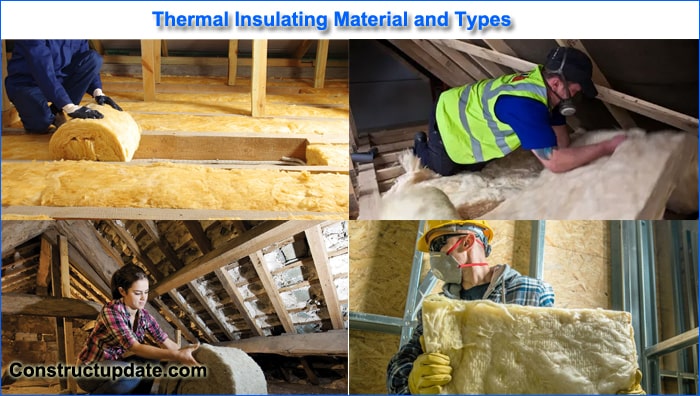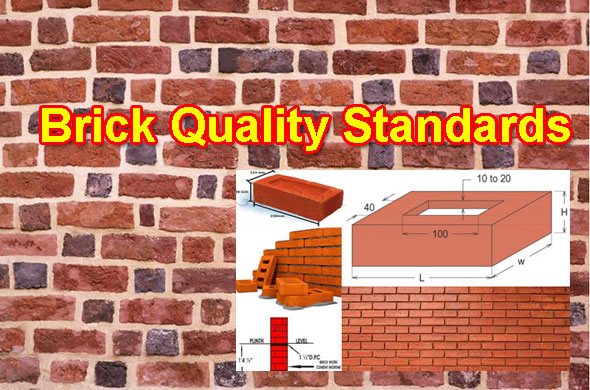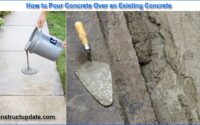What is Thermal Insulating | Thermal Insulating Material Types
It is true that a thermally sound home is an environmentally friendly and energy-efficient building. Thermal Insulating material plays an important role in building construction. Reduced energy use and associated expenses are now necessary as a result of legal restrictions and rising public awareness. The insulation materials, which are suited to work in certain conditions, are undoubtedly a crucial component in the fight against excessive energy use in residential structures and public utility facilities.
Effective thermal insulation of all building walls can reduce energy consumption, but doing so will be next to impossible without the correct materials. Let’s examine the thermal insulation products that are currently on the market in more detail.

Types of Materials used in thermal insulation and their coefficient
Polystyrene foam, mineral wool, and polyurethane foam are the most often used thermal insulation material since they are both good acoustic and thermal insulators for structures. Other goods on the market, though, offer equally favourable physical and chemical properties. The thermal conductivity coefficient is one of the most significant characteristics of a thermal insulating material (lambda). The better the material’s thermal insulation, and consequently the more energy-efficient the building, the lower its value must be.
1. Mineral wool
This material has many uses, including ensuring that a building is properly insulated, providing effective acoustic insulation (muffling air and shock noises), and having properties that are both fire- and vapour-resistant.
Rock wool and glass wool, two goods with remarkably identical specifications, make up the bulk of mineral wool. The former is constructed using quartz sand or recycled glass, while the latter is constructed using basalt, which has a high resistance to extremely high temperatures.
Mineral wool products have thermal conductivity coefficients that range from 0.031 to 0.045 W/mK. Mineral wool has a high level of durability and resistance to deformation, and it is unaffected by solvent-containing chemicals. Mineral wool’s ability to act as a thermal insulator is compromised by the fact that it absorbs water.
Mineral wool is treated with mineral oil to prevent water absorption. Thermal bridges may soon appear as a result of improperly installed mineral wool thermal insulation, which will have a significant impact on the building’s overall energy efficiency. Wool is also a material that is difficult to apply, especially for inexperienced people (example: gaps in the attic), which raises the danger of heat loss in the building.
2. Fiberglass Insulation
The most popular insulation in use today is fibreglass. Fiberglass is able to reduce heat transfer because of the way it is created, which involves skillfully weaving tiny glass strands into an insulation layer. The risk of handling fibreglass is its biggest drawback. Glass powder and tiny glass shards are produced during the production of fibreglass because it is constructed of tightly woven silicon. If the appropriate safety gear isn’t worn, these can harm the eyes, lungs, and even the skin. Nevertheless, fibreglass installation can be done safely if the right safety gear is employed.
3. Cellulose
One of the greenest types of insulation is probably cellulose insulation. Cellulose is available in a loose form and is created from recycled cardboard, paper, and other like materials. The R-value of cellulose ranges from R-3.1 to R-3.7. Recent research on cellulose suggests that it could be a fantastic product for use in reducing fire damage. Because of the material’s compactness, cellulose has a very low oxygen content. This lessens the amount of harm that a fire can do because there isn’t any oxygen present in the material.
As a result, cellulose is not only among the most environmentally friendly insulation materials, but also among the most fire-resistant. There are some drawbacks to this material, though, such as some people’s potential allergies to newspaper dust. Additionally, compared to, say, fiberglass, it can be challenging to find people who are proficient in using this type of insulation. Nonetheless, cellulose is a practical and affordable material for insulation.
4. Polyurethane Foam
Polyurethane foams are a great type of insulation despite not being the most common. Non-chlorofluorocarbon (CFC) gas is now used as the blowing agent in polyurethane foams. This aids in reducing the ozone layer’s level of harm. They weigh about two pounds per cubic foot (2 lb/ft3), making them rather light. Their R-value per inch of thickness is roughly R-6.3. Low-density foams are also available for spraying into spaces without insulation. Per inch of thickness, these polyurethane insulation types typically have an R-3.6 rating. This type of insulation also has the benefit of being fire-resistant.
5. Polystyrene
Thermoplastic foam made of polystyrene is watertight and works well as a sound and temperature insulator. Styrofoam is available in two varieties: expanded (EPS) and extruded (XEPS). The pricing and performance ratings of the two variants are different. While EPS has an R-value of 4, the more expensive XEPS has an R-value of 5.5. No other type of insulation has the distinctively smooth surface that polystyrene insulation does.
For wall insulation, the foam is frequently produced or cut into blocks. The flammable foam must be treated with a substance called hexabromocyclododecane to make it fireproof (HBCD). The usage of HBCD has recently come under question for the risks to human health and the environment.
6. Cellulose fibres
Although this insulation’s physical and chemical properties are quite comparable to those of mineral wool, its application is significantly more constrained. Although this product has a heat transfer coefficient of 0.039 W/mK, cellulose fibres nonetheless offer good sound insulation and good vapour permeability.
Vapour barriers do not need to be used during insulation since cellulose fibres have the capacity to absorb and release water from their surroundings. The material must, however, be properly ventilated in order for it to dry completely. You can apply fibres either dry or wet.
The shredded fibres are transmitted over distances of up to 50 m horizontally and 30 m vertically using the dry method, which involves blowing the material into pre-conditioned areas in walls, ceilings, etc. When insulating beam ceilings and floors on joists, for instance, fibres can also be poured in loosely. Contrarily, the wet method entails wetting the cellulose fibres with both water and adhesive. This mixture sticks to walls and even ceilings very well.
Summary
There are numerous insulating options, each with a unique set of characteristics. You can only determine which kind will be best for your unique needs by properly investigating each type. As a brief summary:
- Although more expensive, aerogel is unquestionably the best insulation material.
- Fiberglass is inexpensive but needs to be handled carefully.
- Although effective, mineral wool is not fire resistant.
- Efficacious, eco-friendly, and fire-resistant cellulose is difficult to apply.
- Despite not being very environmentally friendly, polyurethane is a good all-around insulation substance.
- Despite being a versatile insulation material, polystyrene’s safety is in question.




